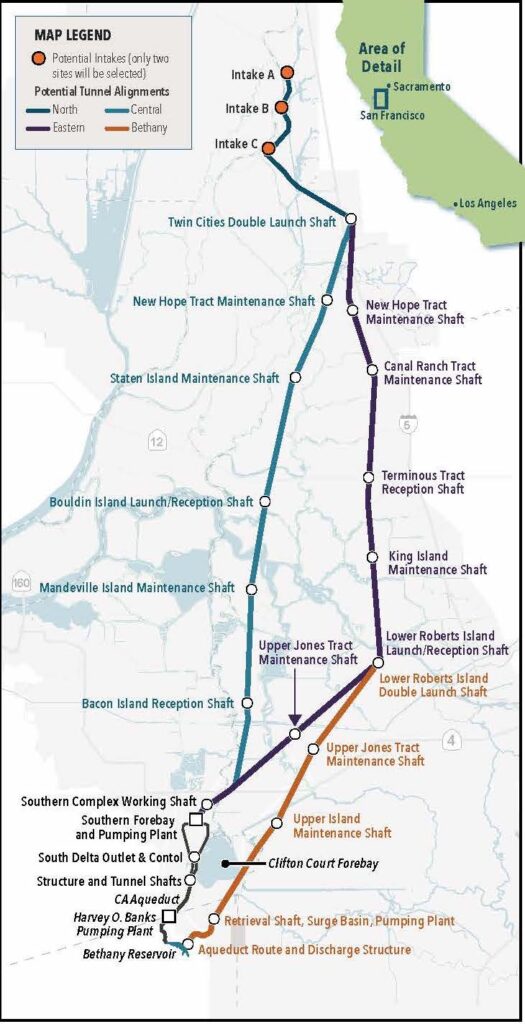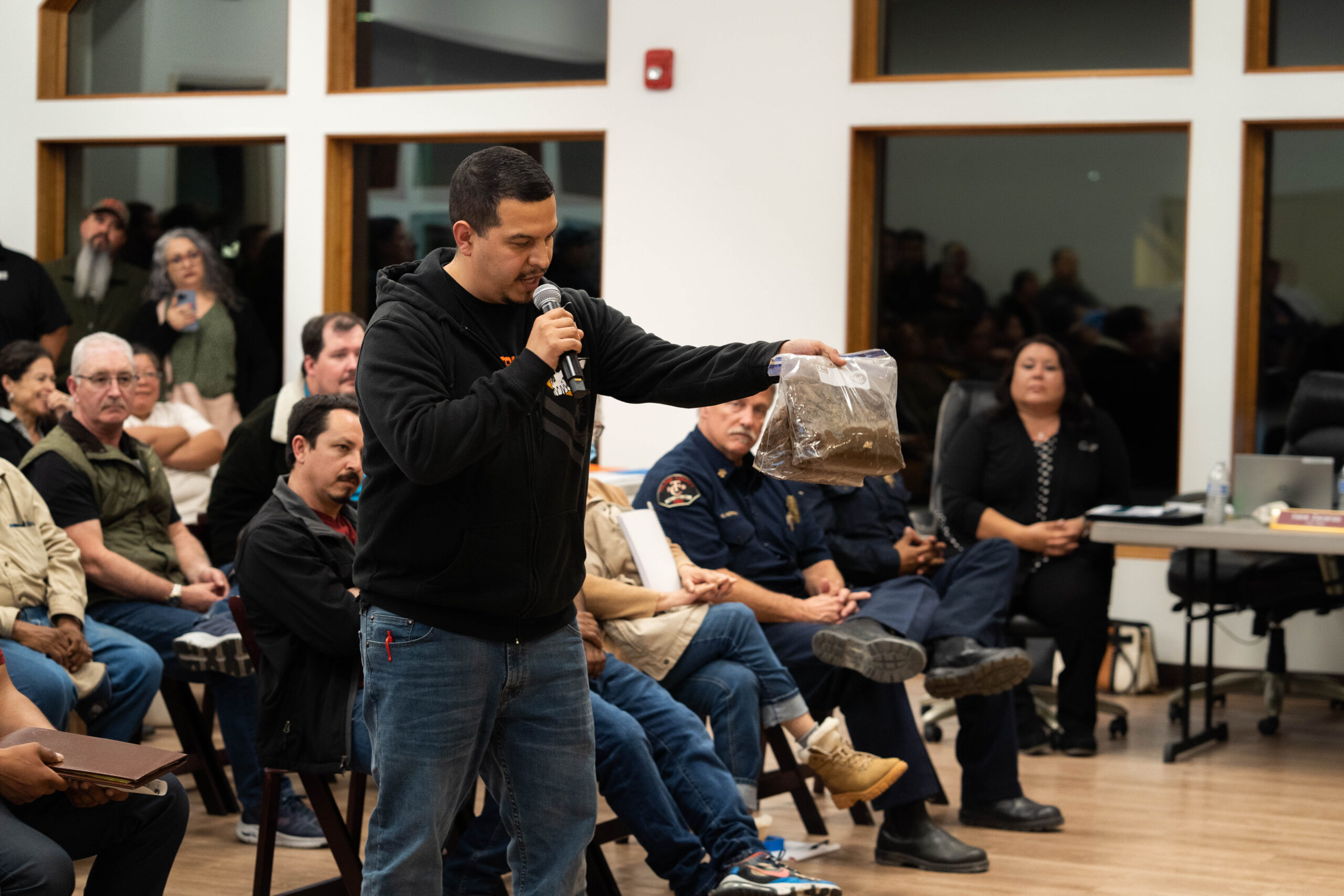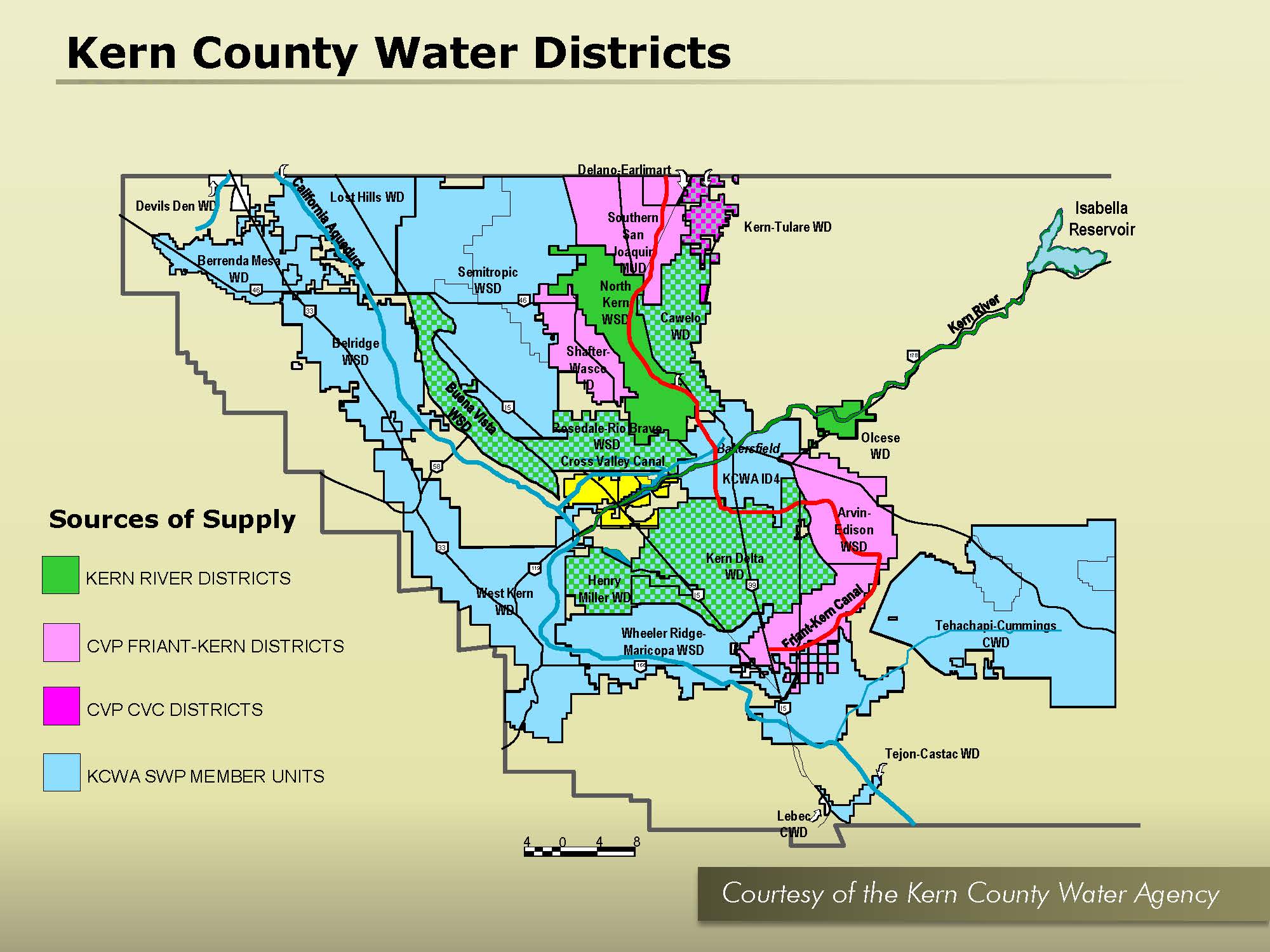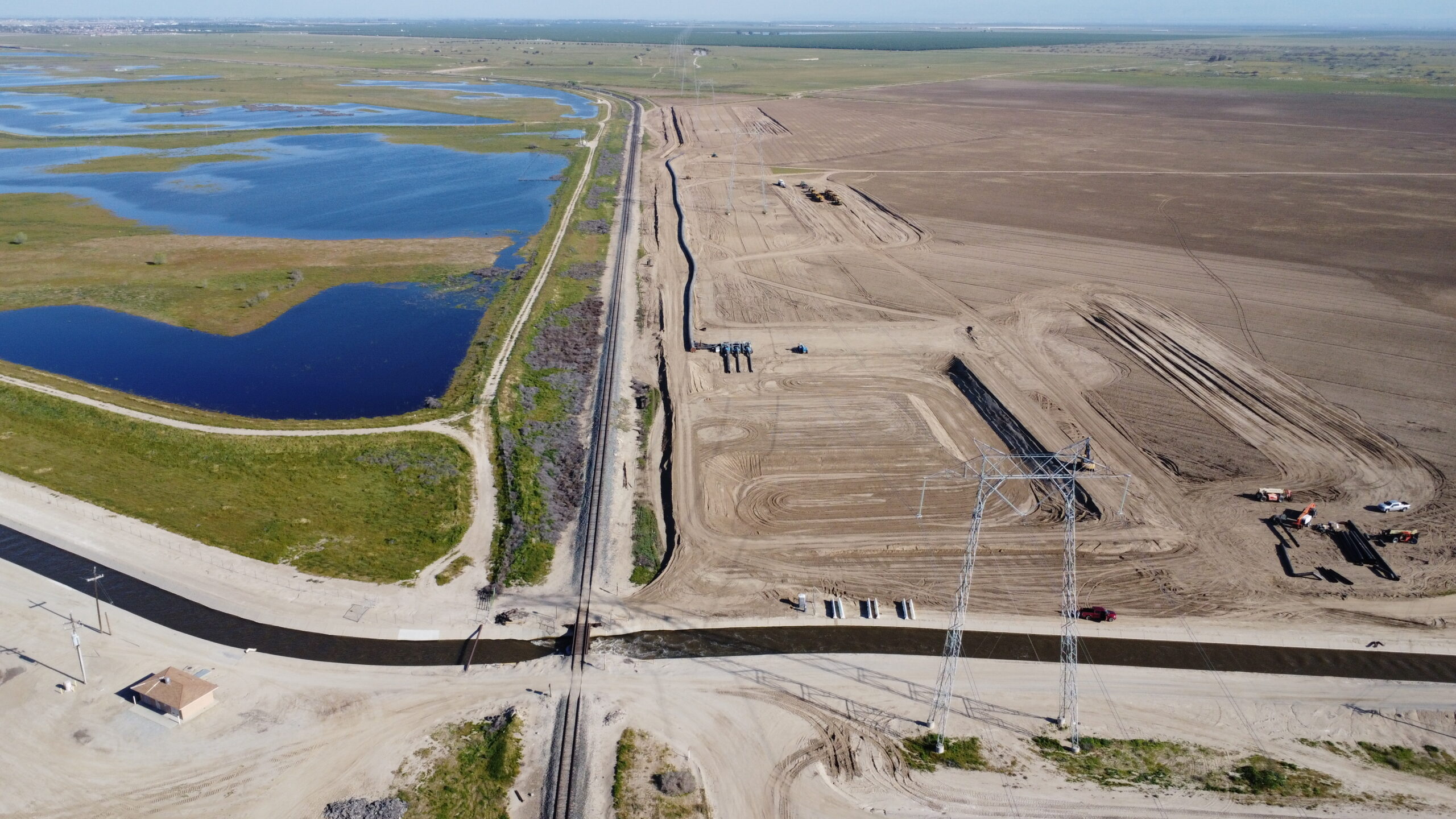Kern County water managers are, for the most part, sticking with the proposed Sacramento-San Joaquin Delta tunnel but are keeping an eye on details still to come – how it will actually operate and how much the water will cost.
The Department of Water Resources released a draft environmental impact report on the latest iteration of a proposed tunnel that would move water from the Sacramento River around and under the sensitive delta into the California Aqueduct.
“This proposal has been refined,” said Tom McCarthy, general manager of the Kern CountyWater Agency, the second largest contractor on the State Water Project system. The agency administers the contract for about one million acre feet of SWP water on behalf of 13 local agricultural districts and is deeply involved in the tunnel, known as the Delta Conveyance.
“It’s been streamlined and minimizes impacts to the delta region,” McCarthy added. “For us, it seems like the right project at the right time and will improve reliability on the SWP.”
The tunnel option has been studied in one form or another since first being proposed in 2009 by then Governor Jerry Brown. Back then, the project was proposed as two tunnels, which was trimmed to one tunnel by Gov. Newsom after he took office in 2019.
Kern County agricultural water districts have been paying from the start for all those different plans to be studied. And most have committed, through the agency, to continue paying for this new option to be studied.
Kern’s share of the costs from 2021 through 2024 comes to $38.9 million.
That’s on top of $13 million Kern water districts spent for studies and planning of Gov. Brown’s proposed twin tunnels.
And none of that goes toward construction costs estimated currently at $16 billion. The state would finance construction with a bond that would be repaid by the water users.
When, or if, the project gets that far, the Kern County Water Agency will be looking closely at operational details, McCarthy said.
“Prior to committing to the project at large, we will be looking at how it would operate and would be evaluating all future costs and benefits.”
The costs and potential benefits didn’t pencil out for at least two of the agency’s member water districts, the Kern Delta and Henry Miller water districts, which dropped out several years ago.
McCarthy said they could always opt back in if they covered the costs they missed in prior years.
A cost-benefit analysis is difficult because while even this streamlined tunnel could carry a lot of water – more than 6,000 cubic feet per second – it wouldn’t be used at that level on a regular basis. It’s intended as an occasional alternative to the current system, in which pumps move water out of the south delta.
When asked if this latest tunnel proposal would increase system reliability, which local water managers put at about 50%, Natural Resources Secretary Wade Crowfoot said state planners haven’t broken its anticipated use into a percentage.
“But when you look at the status quo, the system has less and less reliability long term, plus there’s the threat of an earthquake in the back of my mind,” Crowfoot said during a media briefing on the draft environmental report. It’s feared an earthquake could destroy the delta’s levees and allow in a surge of sea water cutting off access to fresh water for months or even years. “The purpose of the project is to deliver more consistent exports and maintain the environment.”
And it would allow the state to react more rapidly changing weather patterns, he said.
“This past year is a good example where there were pumping restrictions in place in the delta during winter when we had a lot of flow,” Crowfoot said, referring to storms in October and December 2021 when water flowed out to the ocean. Had this tunnel been in place, it could have captured 236,000 acre feet, he said.
But the state is a long ways from turning the first shovelful of earth, at least another six years for design, environmental consideration and permitting. Construction is estimated to take another 12 years beyond that.
And none of these monetary or time estimates include litigation, which is highly likely considering past and ongoing opposition to any form of tunnel.
“Before we build a tunnel, DWR and the State Water Resources Control Board must do the hard work of bringing supply and demand into balance,” Barbara Barrigan-Parrilla, Executive Director of Restore the Delta in a statement about the release of the draft environmental study. “We are too close to a water crisis to allow all energies to be directed toward what will become a mostly dry, expensive, and frequently empty tunnel, financed by water ratepayers and California taxpayers.”
Share this:
- Click to share on Facebook (Opens in new window)
- Click to share on Twitter (Opens in new window)
- Click to share on LinkedIn (Opens in new window)
- Click to share on Reddit (Opens in new window)
- Click to share on Tumblr (Opens in new window)
- Click to share on Pinterest (Opens in new window)
- Click to share on Pocket (Opens in new window)
- Click to share on Telegram (Opens in new window)
- Click to share on WhatsApp (Opens in new window)
- Click to print (Opens in new window)







